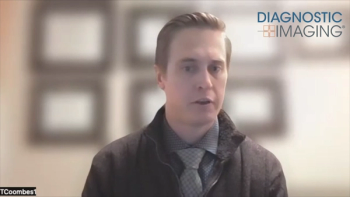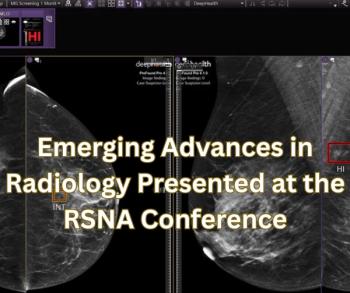
11 Radiology Speech Recognition Bloopers
If only speech recognition understood what radiologists were saying.
Radiologists don’t need a reminder that there are a lot of things wrong with radiology reports.Curtis Langlotz, MD, Ph.D., professor of radiology and medicine at Stanford University Medical Center wrote a book on how to improve the radiology report.The Radiology Report: A Guide to Thoughtful Communication for Radiologists and Other Medical Professionals touches on many of the challenges radiology reports present, including the general disagreement of what actually constitutes a good radiology report. The book offers helpful, actionable advice on creating radiology reports.But it also mentions one of the greatest frustrations of the radiology report: technology. Here, we’ve assembled 11 speech recognition bloopers Langlotz describes in his book. Because if we don’t laugh, we’ll cry.Â
Newsletter
Stay at the forefront of radiology with the Diagnostic Imaging newsletter, delivering the latest news, clinical insights, and imaging advancements for today’s radiologists.




























